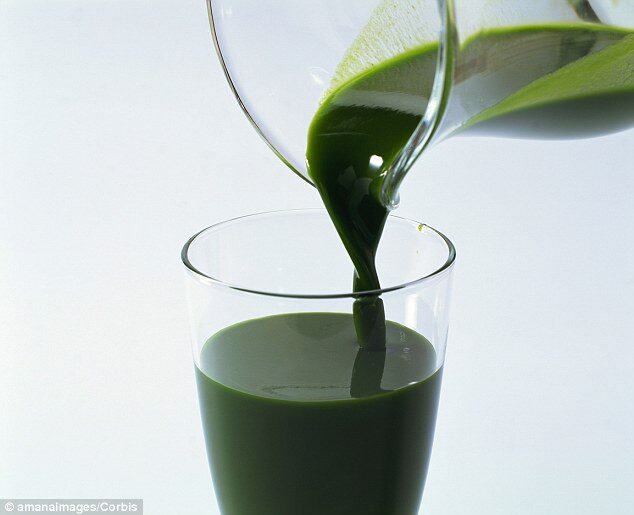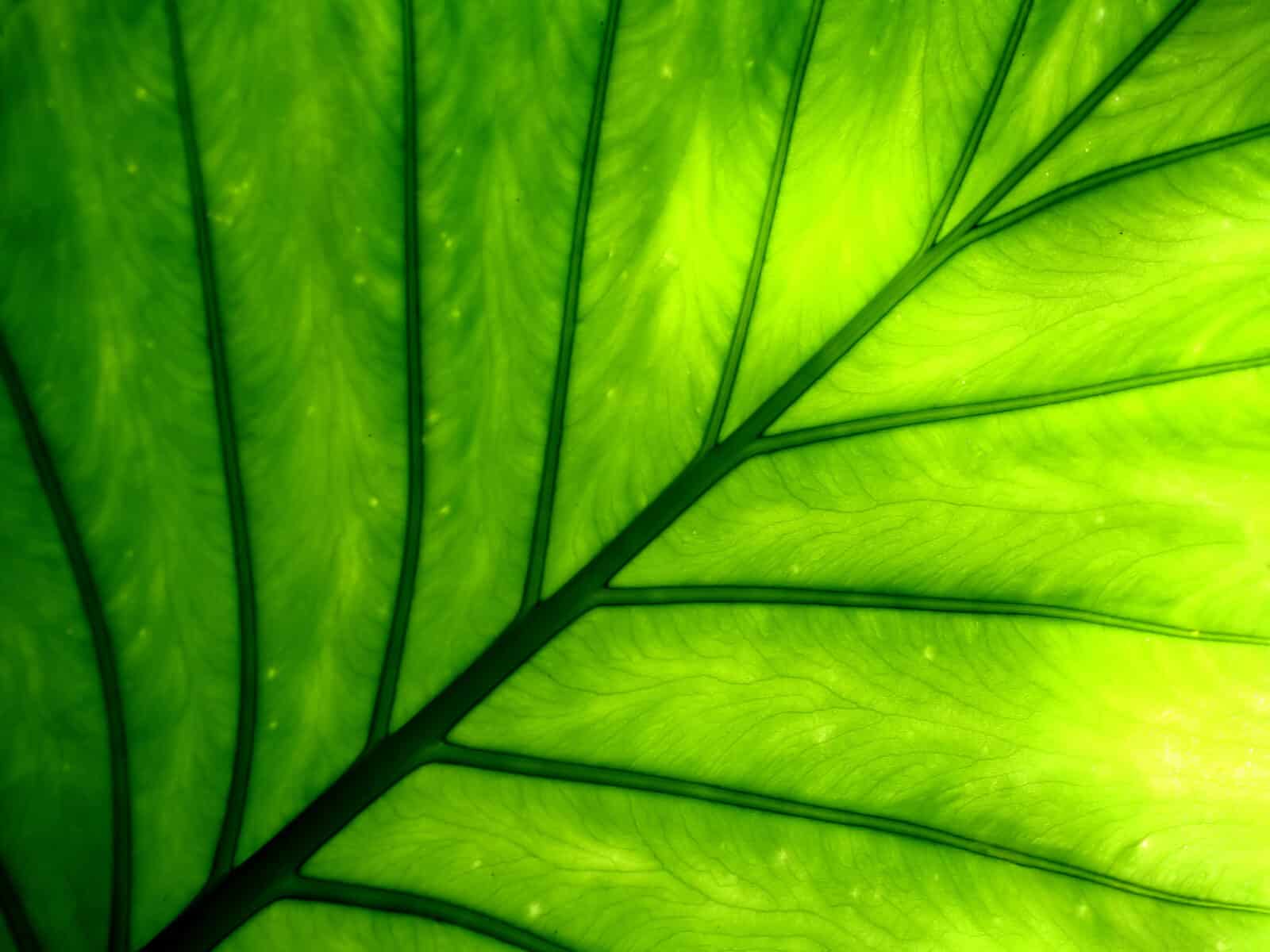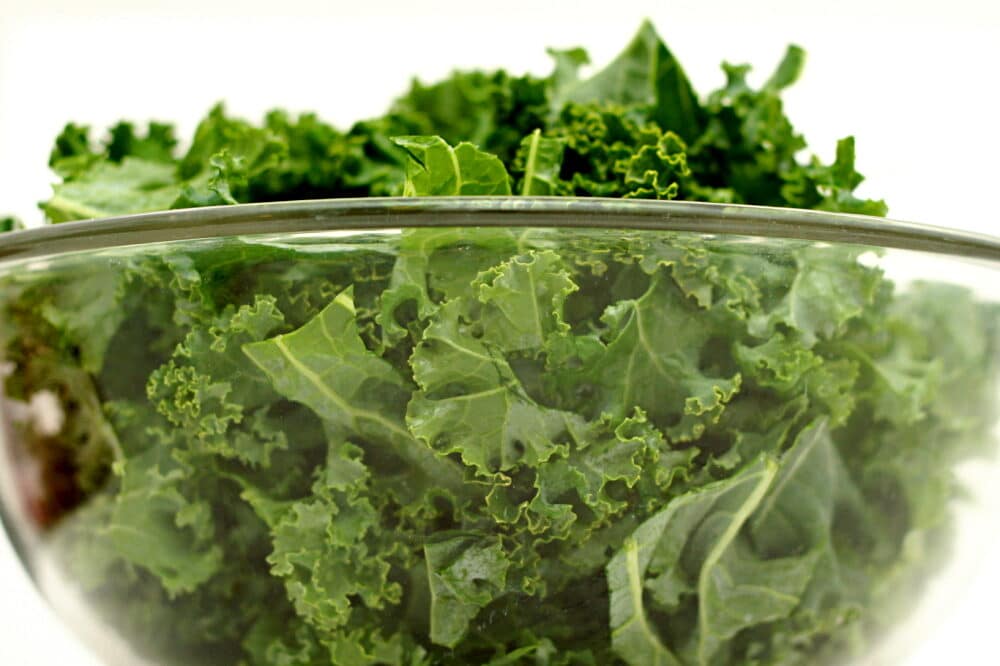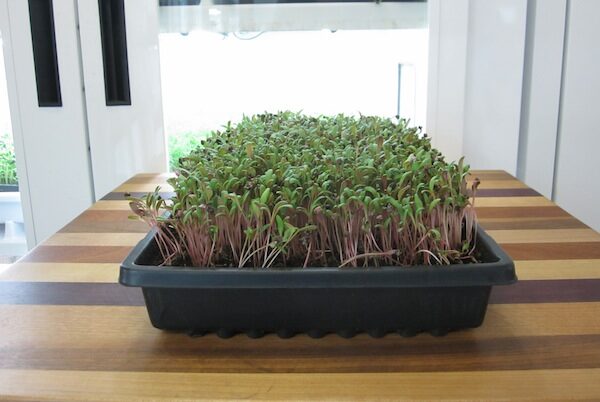
25 Nov Is Drinking Chlorophyll Really Worth Your Effort?
Health trends come and go, but the truth of the matter is that some are actually very good for you.
One of the newest trends is liquid chlorophyll. It’s exactly what it sounds like: chlorophyll, in liquid form, and diluted in water. Ideally, a few drops to a teaspoon is consumed at most twice a day.
Those have taken up this practice are citing changes close to what miracles are—improved digestion, cured bad breath, and hell, some have even credited chlorophyll for getting rid of cancer.
Why is liquid chlorophyll such a big deal? How does it work, and more importantly, does it even work?

Let’s start with the basics. What is chlorophyll?
Chlorophyll is what makes plants green. It’s what plants use to create food for itself. The molecule itself contains magnesium, it being chlorophyll’s central atom.
It makes plants green because magnesium doesn’t capture wavelengths of green, which means that green is the color that is reflected back into our eyes.
Studies have shown that chlorophyll is actually very similar to the molecule in our blood, hemoglobin. The main difference between the two is that hemoglobin’s central molecule is iron, whereas, as discussed, magnesium is chlorophyll’s central molecule.

Magnesium is a big deal. Its metabolic functions include respiration and growth.
This means that chlorophyll, with its magnesium central atom, has the ability to strengthen cells, cleanse the body and maintain functioning of circulatory and intestinal systems, and more.
Magnesium is also known to help absorb other nutrients, like calcium, and has anti-atherogenic, carcinogenic, and mutagenic properties that will protect your body against toxins. It’s got the power to reduce the side effects of drugs.
In addition to that, magnesium also boosts the immune system, and neutralizes polluted air, which explains as to why chlorophyll is often used to combat permanent bad breath, commonly known as halitosis.
Evidently, chlorophyll’s benefits are many. It’s no wonder why consuming liquid chlorophyll is such a popular practice now.

So, how can you increase your chlorophyll intake?
When you’re boiling vegetables, be sure to not overcook them. As you may have heard a million times over, you should stop cooking the moment your vegetables are that vibrant green.
This is because you want to retain chlorophyll’s central atom, magnesium. When you overcook greens, they turn that weird grey color because that central atom is replaced with hydrogen.
Another easy way to increase your chlorophyll intake is to eat your vegetables raw. While you may prefer cooked vegetables, raw vegetables contain the highest levels of chlorophyll.
To make things even easier, you could have access to fresh and healthy greens 365 days a year if you use an Urban Cultivator.
The Urban Cultivator Residential units are capable of growing microgreens, herbs, and vegetables in as little as a week, with wheatgrass being one of the items that you can grow.
With its automated watering, lighting, and temperature controls, it makes getting your chlorophyll fix incredibly easy.
Are you convinced by the liquid chlorophyll trend? How do you make sure you get enough chlorophyll in your diet? Let us know in the comments section!

